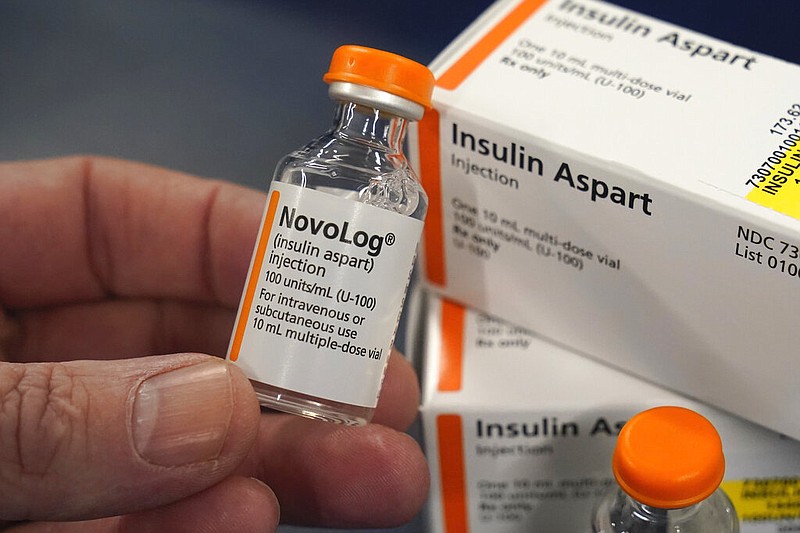The White House estimates that Tennesseans on Medicare who take insulin will save on average $494 per year with the new $35 monthly out-of-pocket spending cap on the drug, a provision of the Inflation Reduction Act that’s now in effect.
The insulin cost cap went into effect Jan. 1 for Medicare Part D beneficiaries, and the $35 monthly cap for those who receive drugs under Medicare Part B will start July 1. Medicare beneficiaries in traditional Medicare and those with Medicare Advantage plans will no longer pay more than $35 for a month’s supply of insulin, according to the law.
Cost savings estimates are based on a report from the U.S. Department of Health and Human Services released Tuesday. The report is based on Medicare prescription data from 2020, at which time there were 39,562 Medicare enrollees in Tennessee who filled insulin prescriptions.
“The report shows that if the Inflation Reduction Act’s provision capping the cost of insulin at $35 for a month’s supply for Medicare beneficiaries had been in place in 2020, 1.5 million seniors across the country would have saved an average of $500 on insulin for the year,” according to a news release from Health and Human Services.
During a media call Tuesday, Dr. Ben Sommers, deputy assistant secretary for health policy at Health and Human Services, said the data may not include thousands or more Medicare beneficiaries who didn’t pick up the insulin because they couldn’t afford it.
According to the release, 37% of insulin prescription fills for people with Medicare in 2019 required beneficiaries to pay more than $35 out of pocket, including 24% that exceeded $70 per fill.
“Nationally, the average out-of-pocket cost was $58 per insulin fill in 2019, typically for a 30-day supply,” the release states. “Patients with private insurance or Medicare paid about $63 per fill on average.”
Contact Elizabeth Fite at efite@timesfreepress.com or 423-757-6673.
